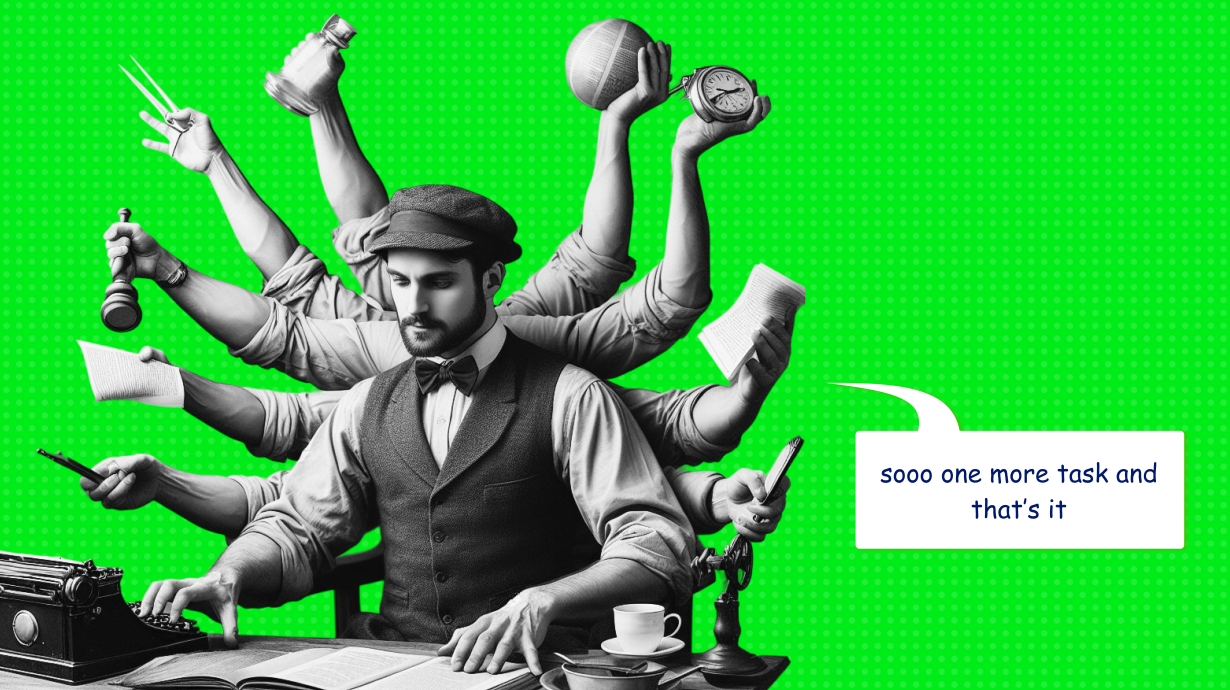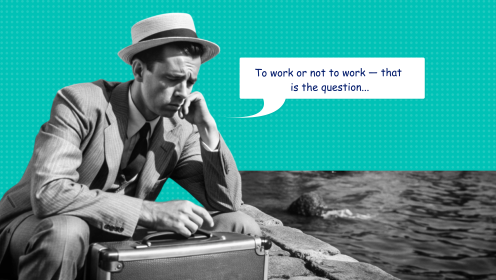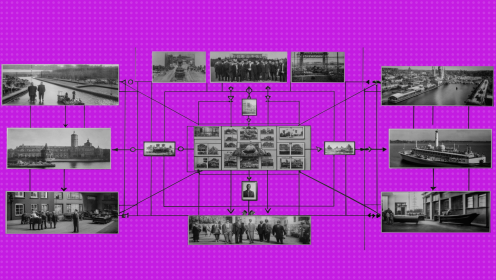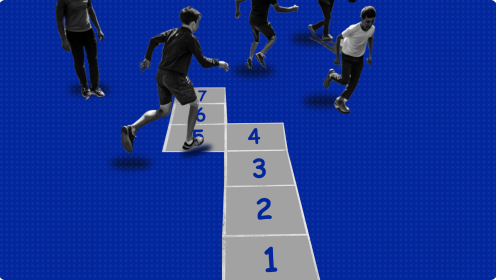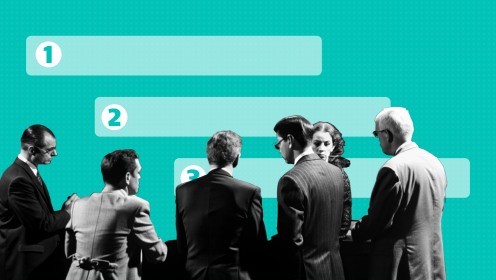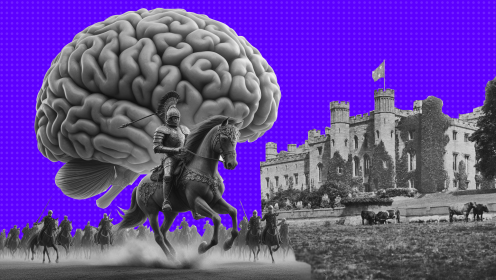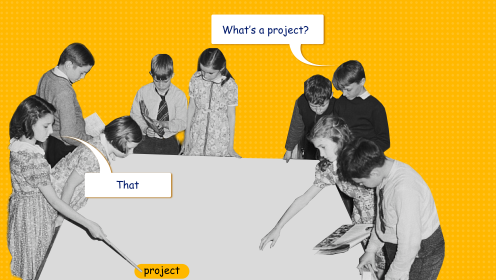I'll start with the main thing: multitasking is not a myth. They just don't always mean what it is.
True multitasking (that is, efficient simultaneous work on two tasks) does exist - in distributed computing systems and the brains of 0.5% of people, who can not only process different data simultaneously, but also do it faster and more accurately than when the task is one. But the average brain isn't built for true multitasking - at least, that's what neuroscientists at the Massachusetts Institute of Technology say.
The concept of "multitasking" comes from the world of computers, where processors, most of which process data sequentially, one task at a time, can switch between tasks so quickly that it seems as if they are doing them simultaneously. It's the same with the human brain. We can only focus on one task at a time - anything else will only slow down the brain and affect the final result.
Of course, we can perform some actions in parallel, but only when they involve different areas of the brain. For example, to walk and to chew gum. In the end, we have no problem breathing, looking, and walking at the same time. But we do it unconsciously, automatically. With conscious and complex actions, everything is not like that.
Three forms of multitasking
Talking about multitasking as a simple switch between tasks is not quite correct. It has three forms, and they are all very energy-intensive:
- Simultaneous execution of multiple tasks. Driving a car and talking on the phone, participating in a meeting and answering emails — most of us multitask in this way. We try to divide our attention between tasks, we spend a lot of effort on this, but in the end, one or all of the tasks begin to suffer. So either we have to pay more attention to one of the tasks, or we start making mistakes.
- Switching to another task when the previous one has not yet been completed. You make a report, but then you get an urgent letter that you need to answer. It seems simple, but the brain has to move the entire information context to intermediate memory, then extract the information from long-term memory to respond to the letter, then return the context… In general, any switching between tasks severely affects resources.
- Perform tasks immediately after each other. When you move from one task to another, you can't help but keep thinking about the previous task and the ones that will come next. Humans are not machines, and they can't switch completely. According to a study by psychologists from Harvard, people 47% of the time do not think about what they are doing now.
The problems of multitasking
There's nothing good about multitasking. People who are prone to it are constantly looking for new sensations, they can hardly control themselves, they quickly get tired of routine work. In addition, they have four global problems.
Concentration is disrupted
And by dividing your attention between tasks, and often switching between them, it becomes difficult for you to focus on one thing and do your job effectively. You get used to living out of focus and can no longer extract important information and experience from every task.
Memory gets corrupted
Multitasking puts a lot of stress on your brain and can cause excessive stimulation of cognitive functions. If you are focused on a task, but you are constantly distracted by colleagues and other tasks, it will be increasingly difficult for you to keep important information in your head - because of the large number of simultaneously incoming stimuli, the brain simply will not be able to distinguish it from unimportant.
Additionally, memory problems can worsen age, environment, and other health problems.
Reduced performance
Quickly switching between tasks, you develop various bad habits in the body. At the end of any task, the brain releases dopamine, which is responsible for pleasure. He tries to get dopamine as often as possible and finds such a way - to close small tasks (answer emails, etc.) There is a dangerous addiction: it seems to you that you are doing a lot, although in fact you are not doing anything.
Stress levels are rising
Multitasking increases the production of cortisol, the stress hormone. Constantly switching between tasks drains your brain, makes you feel stressed and tired even in the early morning, and increases your risk of burnout.
How to deal with multitasking
The easiest way is to schedule your workday to deal with tasks consistently, and optimize your workspace so that nothing distracts you. Here are five tips to get you started.
By the way, tips for dealing with multitasking are very similar to tips for dealing with procrastination. Read about it, that will be useful.
Create a schedule for every day
The daily schedule is a map of the working day. Just look at it to understand when and what you need to do.
I make a schedule for the next week on Friday night and periodically adjust during the week, if necessary. I arrange the tasks sequentially so that the brain is busy with one thing at a time. And between tasks, I put "breaks" of 10-30 minutes, which help to focus.
Check your email and messengers on schedule
Mail and messengers make the biggest contribution to multitasking. But due to the fact that even working throughout the chat seems to be productive, we don't think of it as multitasking. But that's what it is.
Use special apps to block messengers and emails, or at least turn on the "Do not Disturb" mode. Check them 2-3 times a day — this is quite enough to not miss anything.
Block distracting websites and apps
Multitasking doesn't necessarily mean you're doing a few important things. You might get a push notification from some "Meduza" and take a break to see what it is. And, as I said, context switching consumes enormous resources.
Use special services, such as FocusTime, ColdTurkey, or the built-in blocker on Apple devices, so that nothing distracts you during working hours.
Take breaks
To be in good shape and focus, you need to allocate time for "recharging". Regular breaks help to clear the attention from the information traces of previous tasks. You can follow the Pomodoro technique, or you can simply put fixed breaks in your daily schedule, as I wrote above.
Optimize your workspace
Not only mail, messengers, and other applications can distract you from your work, but also something in the work environment, including on the desktop.
Create a work environment, get rid of clutter (physical and digital), make it harder to use distractions (for example, take the phone to another room).
By following these tips, you will not get rid of multitasking 100%, but you will be able to work more focused and more efficiently. Start small; take breaks to switch between tasks; firmly block any distractions; consciously do not take on several things at once. And remember that multitasking is not an advantage in your resume, but rather a bad habit that you should get rid of faster.








